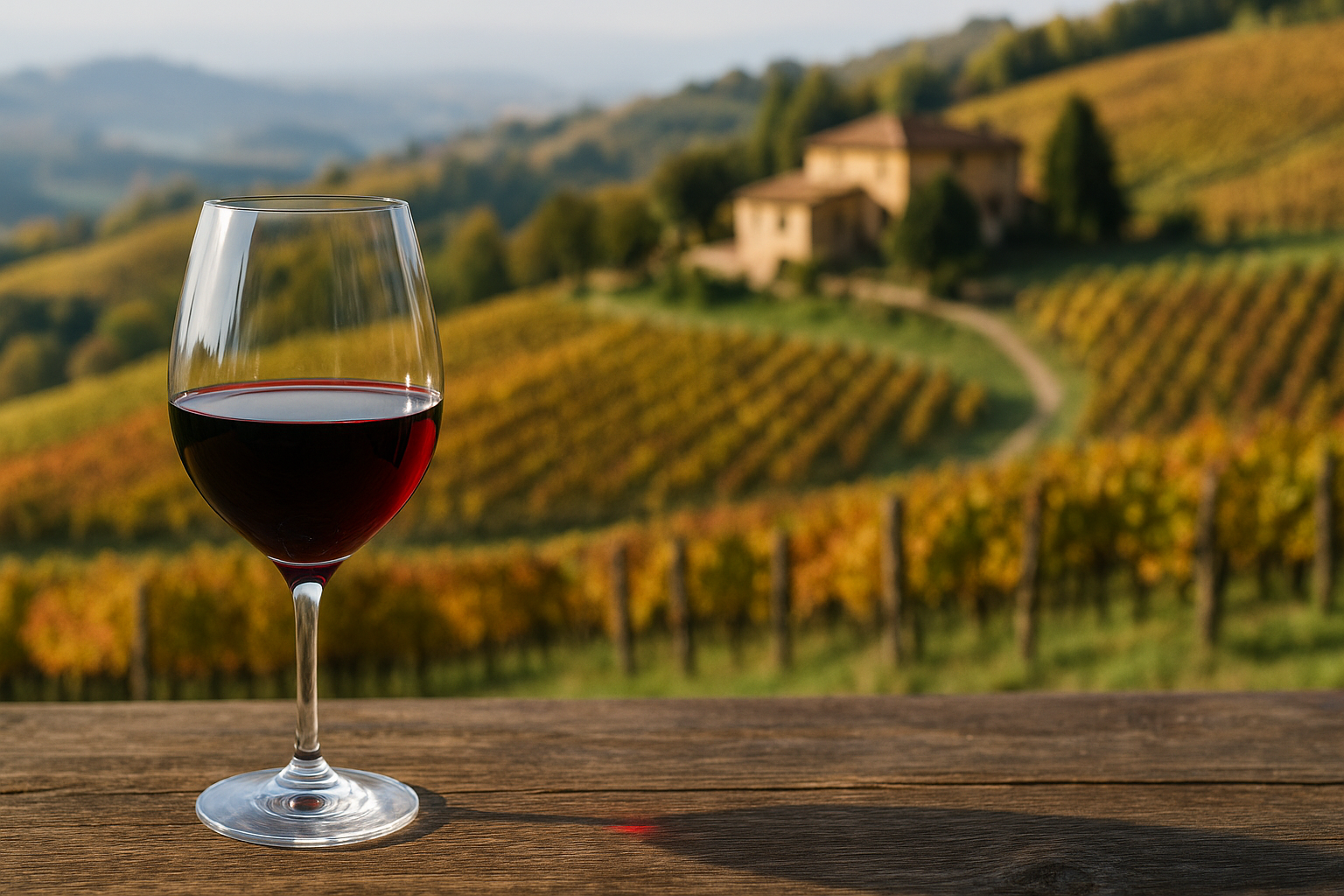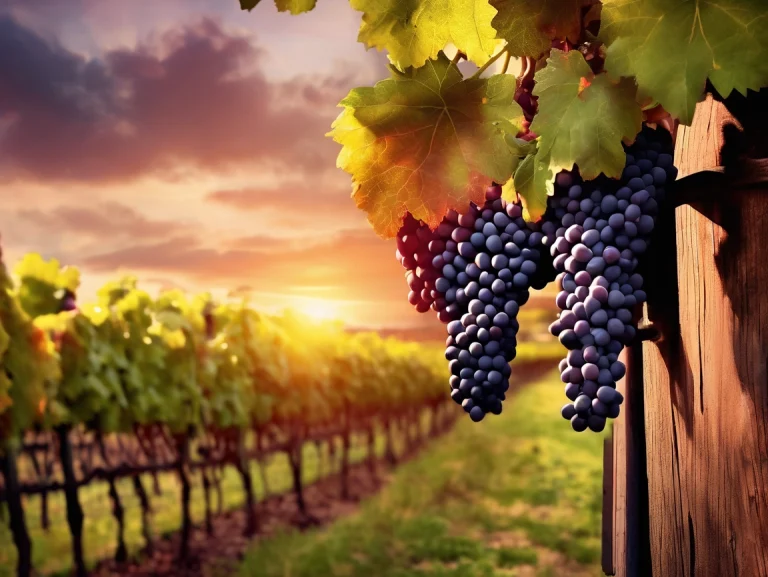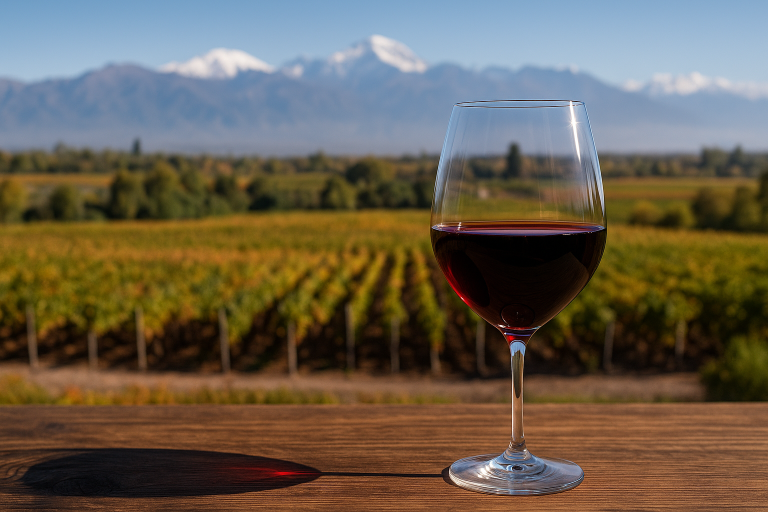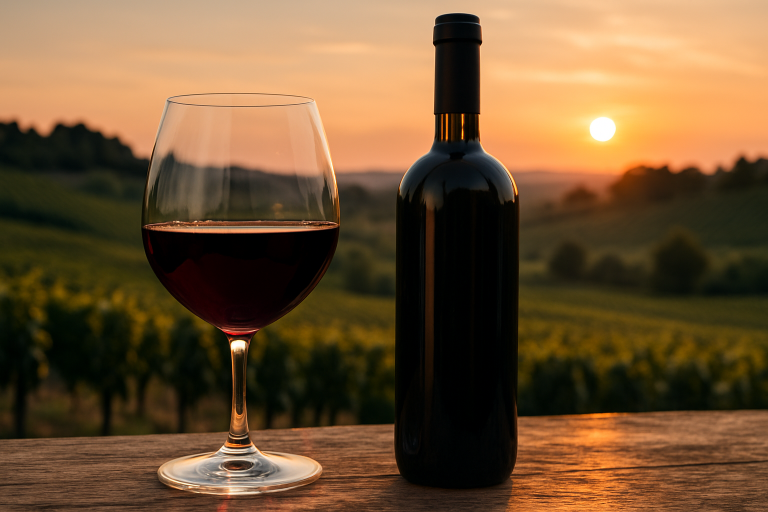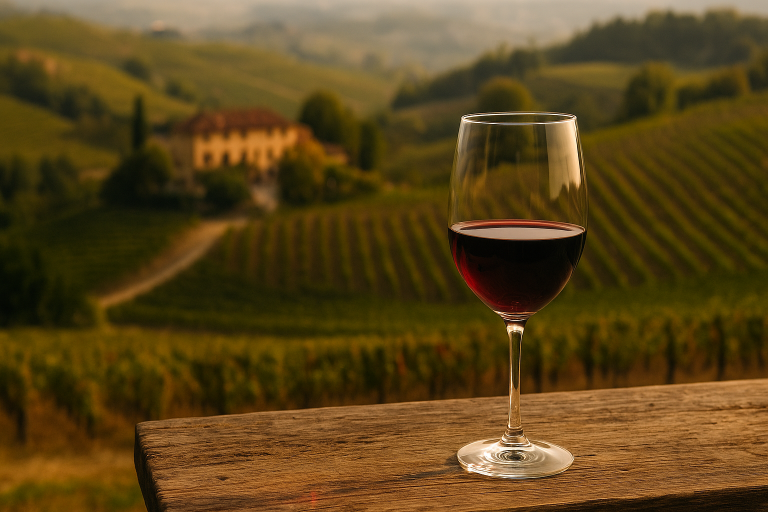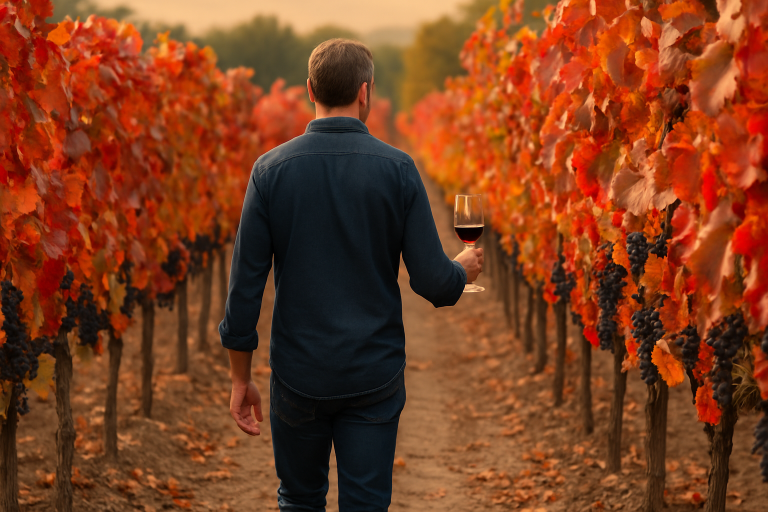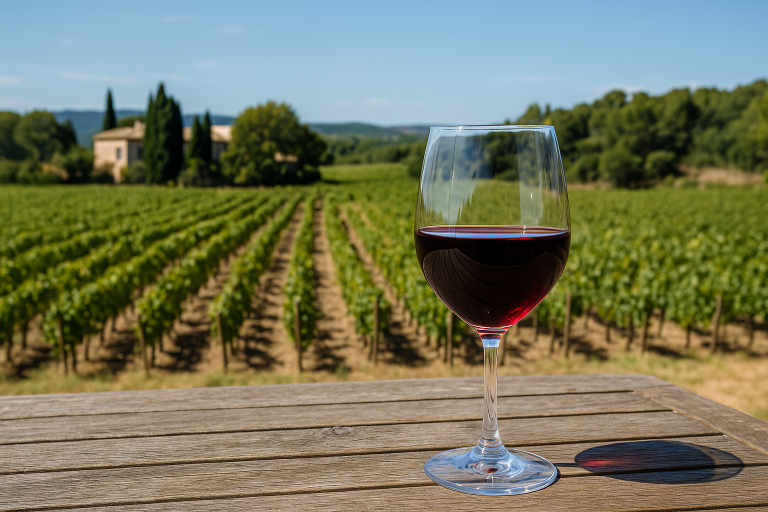Smooth, vibrant, and effortlessly charming, Barbera is one of Italy’s most beloved red wines — prized for its bright acidity, supple texture, and easygoing personality. Often overshadowed by the more famous Nebbiolo, Barbera quietly captures the soul of Piedmont’s vineyards, offering a wine that’s both approachable and deeply satisfying. It’s the wine Italians drink at home, at family gatherings, and alongside hearty meals — a true symbol of everyday elegance.
A Brief History
Barbera’s roots run deep in Italy’s Piedmont region, where it has been cultivated for more than 700 years. Historical records from the 13th century mention Barbera among the noble vines of Monferrato, a region known for its rolling hills and rich winemaking heritage.
While Nebbiolo was reserved for kings and collectors, Barbera became the wine of the people — versatile, affordable, and drinkable in its youth. It was beloved for its ability to thrive in diverse soils and climates, producing generous yields even in challenging years.
In the late 20th century, Barbera underwent a quiet renaissance. Winemakers began experimenting with lower yields, oak aging, and modern techniques, transforming what was once a rustic table wine into something far more refined. Today, high-quality Barbera rivals some of Italy’s finest reds, proving that simplicity and sophistication can coexist beautifully.
Where It’s Grown
Barbera is most famously grown in Piedmont, where it serves as the region’s second most planted red grape after Nebbiolo. The three premier appellations include:
- Barbera d’Asti DOCG: Perhaps the best-known expression, offering lively acidity, red cherry fruit, and balance between freshness and richness.
- Barbera d’Alba DOC: Grown near Barolo and Barbaresco, this version tends to be fuller-bodied, with darker fruit and subtle spice from oak aging.
- Barbera del Monferrato DOC: Often fruit-forward and approachable, it highlights the grape’s pure, juicy charm.
Outside Piedmont, Barbera has found homes in Lombardy, Emilia-Romagna, and even abroad — with notable plantings in California, Argentina, and Australia, where winemakers craft fruit-driven interpretations that retain the grape’s hallmark acidity.
Tasting Notes
Barbera is typically medium-bodied with bright acidity, low tannins, and a naturally smooth texture. It offers vibrant aromas of red cherry, raspberry, and plum, often accented by violet, spice, and earthy notes. Oak-aged versions may add hints of vanilla, mocha, or clove, deepening its complexity without losing freshness.
On the palate, Barbera dances between fruit and acidity — juicy and energetic, yet balanced. Its lively character makes it one of the most food-friendly wines in Italy. It pairs perfectly with pasta with tomato sauce, pizza, grilled meats, roasted vegetables, and aged cheeses — classic comfort foods that mirror its warmth and versatility.
Barbera’s approachable profile makes it enjoyable young, though the best examples can develop beautifully over several years, gaining notes of dried fruit, tobacco, and spice.
The Essence of Barbera
Barbera is the epitome of Italian generosity — a wine that invites conversation, laughter, and good food. It doesn’t demand attention, yet it always rewards it. With its deep color, lively fruit, and balanced structure, Barbera embodies the heart of Piedmont: humble, joyful, and full of life.
Whether enjoyed from a village trattoria or poured from a polished decanter, Barbera remains what it has always been — the people’s wine, timeless and true.

